
Using Dermabond for Wound Closure in Lumbar and Cervical
This study demonstrates that Dermabond is safe to use in neurosurgery patients undergoing lumbar or cervical procedures, with only 1 patient of 200 having a proven infection. OBJECTIVE: 2-Octylcyanoacrylate (Dermabond; Ethicon, Inc., Somerville, NJ) is a liquid adhesive being used with increasing frequency for the closure of lacerations and surgical incisions. Dermabond provides excellent cosmetic closure, and recent studies have demonstrated very low infection risks when it is properly applied. There are no published studies using Dermabond on lumbar or cervical procedures. This study was undertaken to determine whether Dermabond is safe and efficacious to use in these common neurosurgical procedures. METHODS: Records of 200 consecutive patients with Dermabond closure after anterior cervical discectomy, microlumbar discectomy, or lumbar laminectomy by the senior author (JEB) with a mean follow-up time of 5.42 months were retrospectively reviewed. Suspected infections with or without confirmatory cultures, erythema, and incisional drainage were documented. RESULTS: Of 200 patients, 85 underwent microlumbar discectomy, 22 lumbar laminectomy, and 93 anterior cervical discectomy. There was only 1 definitive infection, which was a culture-proven discitis in a microlumbar discectomy patient. Of the remaining 85 microlumbar discectomies, there was 1 transient incisional erythema. Of the 22 lumbar laminectomies, there was 1 patient with clinical superficial wound infection with negative cultures and 4 patients with transient incisional drainage without infection. Of the 93 anterior cervical discectomies, 2 had transient incisional drainage without infection. CONCLUSION: This study demonstrates that Dermabond is safe to use in neurosurgery patients undergoing lumbar or cervical procedures, with only 1 patient of 200 having a proven infection. Patients are able to shower and do not have sutures or staples to remove. Patient responses are overwhelmingly positive.
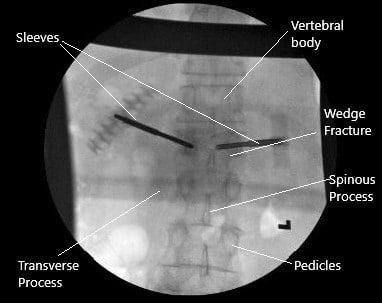
Case Study: Wedge Collapse of L1 Vertebrae in 62 yr. Old Female
Dermabond: Surgical Skin Glue - USA Medical

Using Dermabond for Wound Closure in Lumbar and Cervical Neurosurgical Procedures

Epidermal closure regulates histolysis during mammalian (Mus

Topical hemostatic agents in spinal surgery - ScienceDirect

The cyanoacrylate topical skin adhesives - ScienceDirect

Using Dermabond for Wound Closure in Lumbar and Cervical Neurosurgical Procedures

Lance HALL, Professor (Associate), Emory University, GA, EU, Department of Radiology and Imaging Sciences

Ureasil–polyether hybrid film-forming materials - ScienceDirect

Dermabond Advanced Topical Skin Adhesive

PDF) Use of 2-Octyl Cyanoacrylate Together with a Self-Adhering Mesh (Dermabond™ Prineo™) for Skin Closure Following Abdominoplasty: An Open, Prospective, Controlled, Randomized, Clinical Study

PDF) 2-Octyl Cyanoacrylate Skin Adhesive for Topical Skin Incision Closure in Female Pelvic Surgery
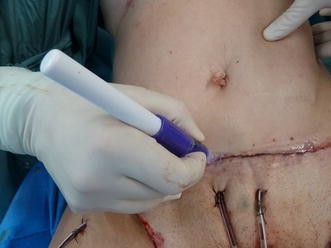
Use of 2-Octyl Cyanoacrylate Together with a Self-Adhering Mesh

Economic and clinical outcomes of spinal fusion surgeries with
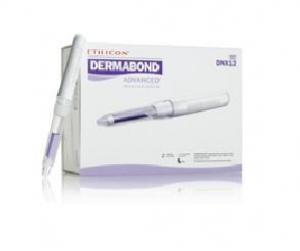
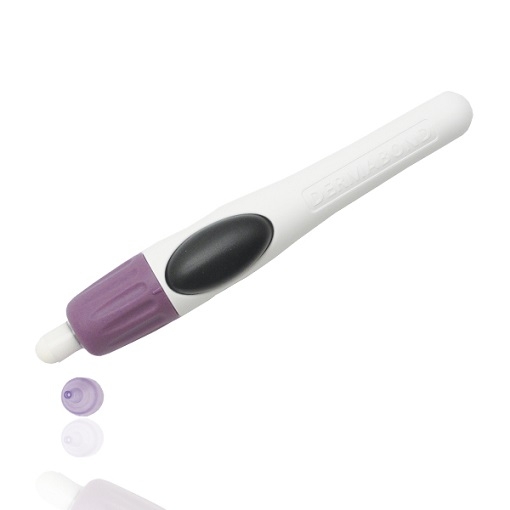


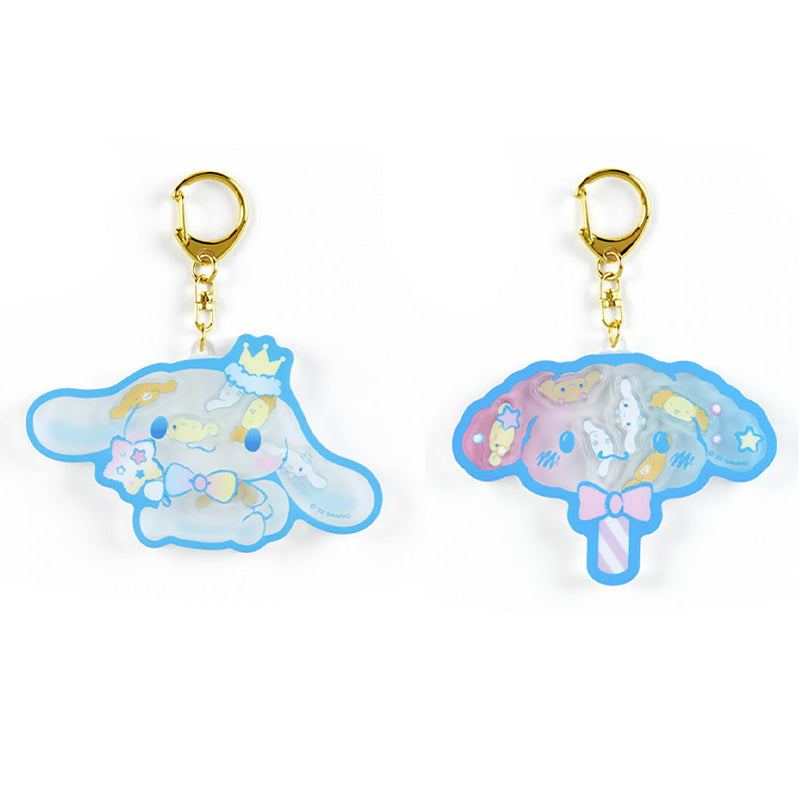

:max_bytes(150000):strip_icc()/how-to-care-for-natural-fur-coats-2147269-04-2051f730121549f1a24db03c88cc0955.jpg)
